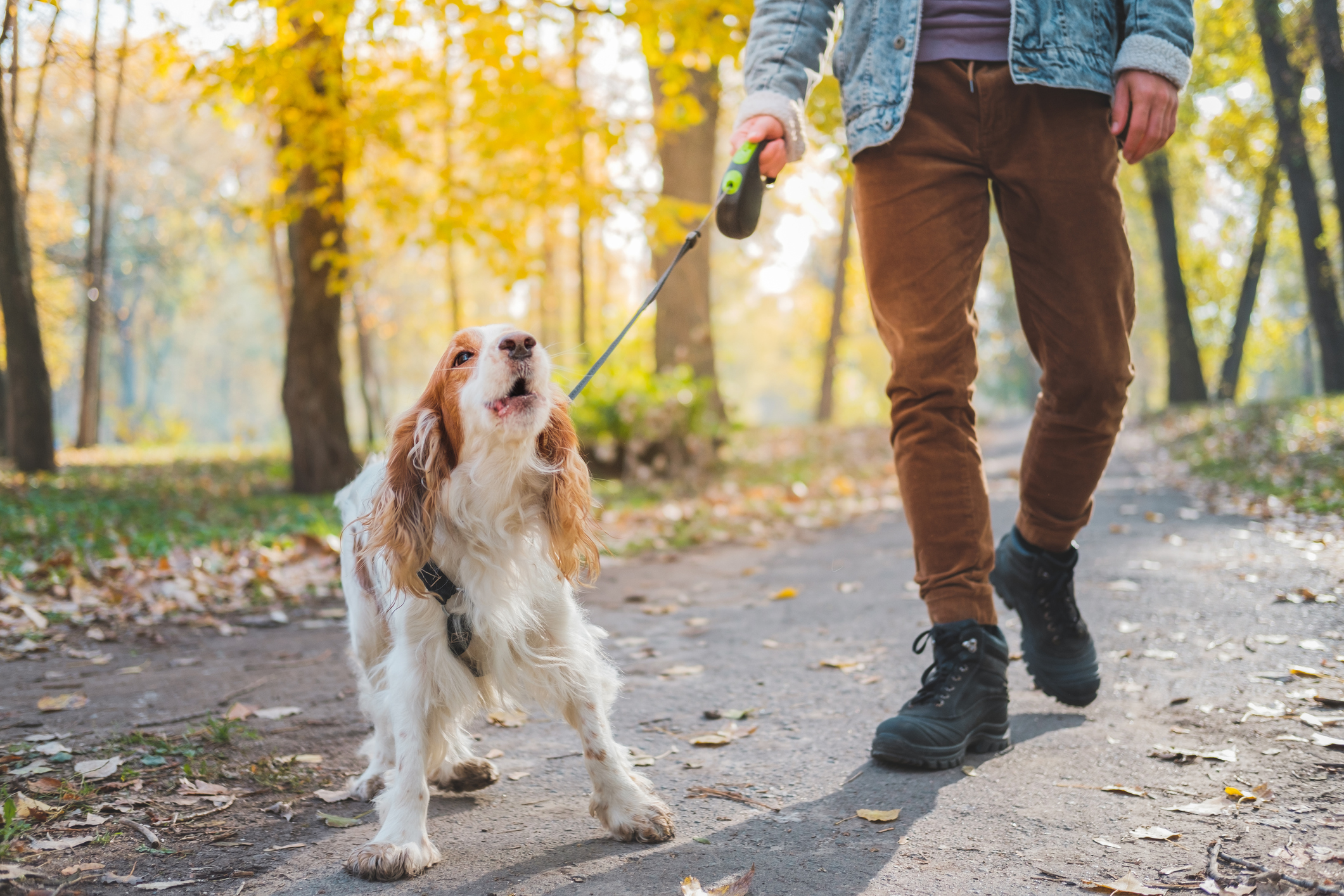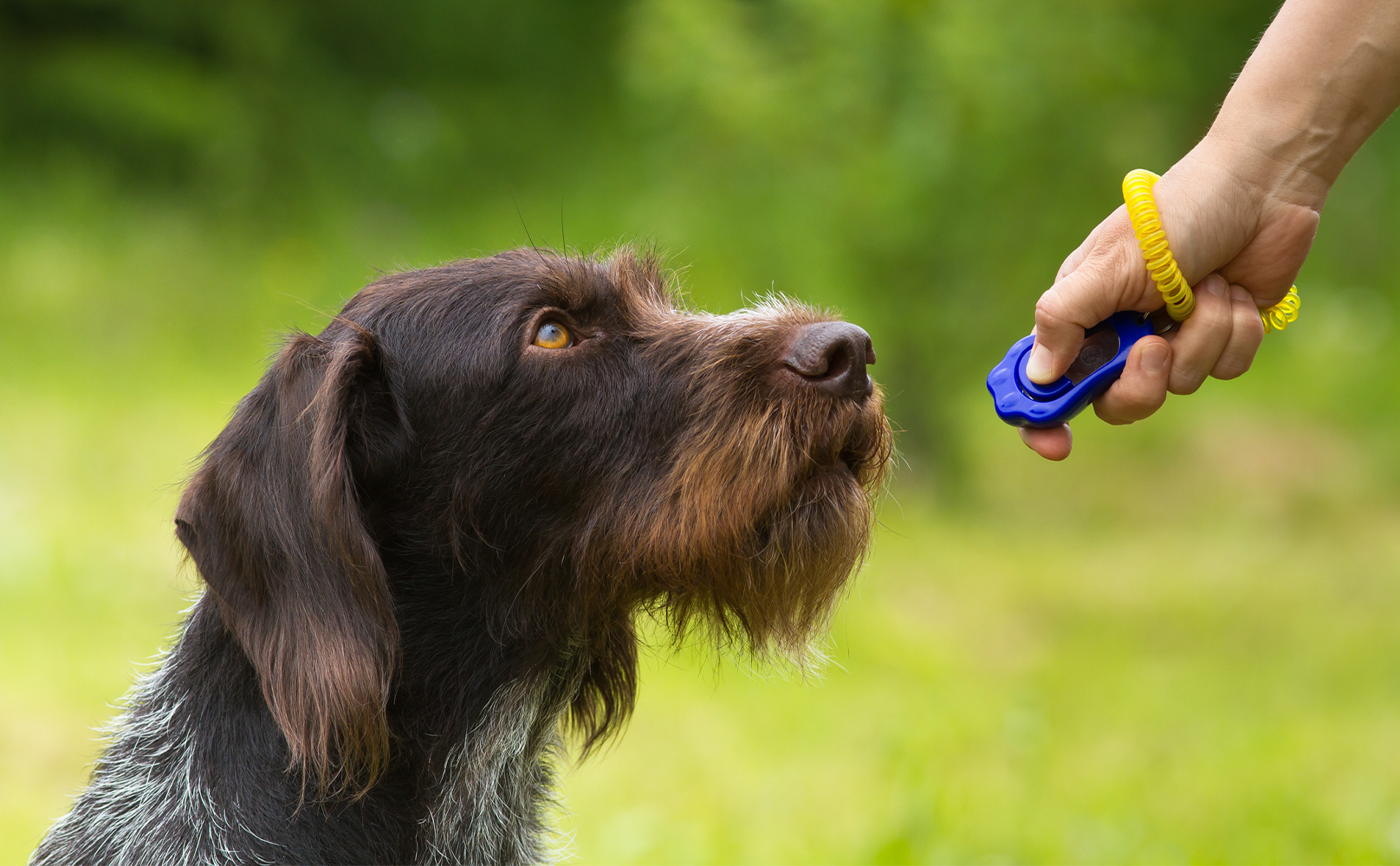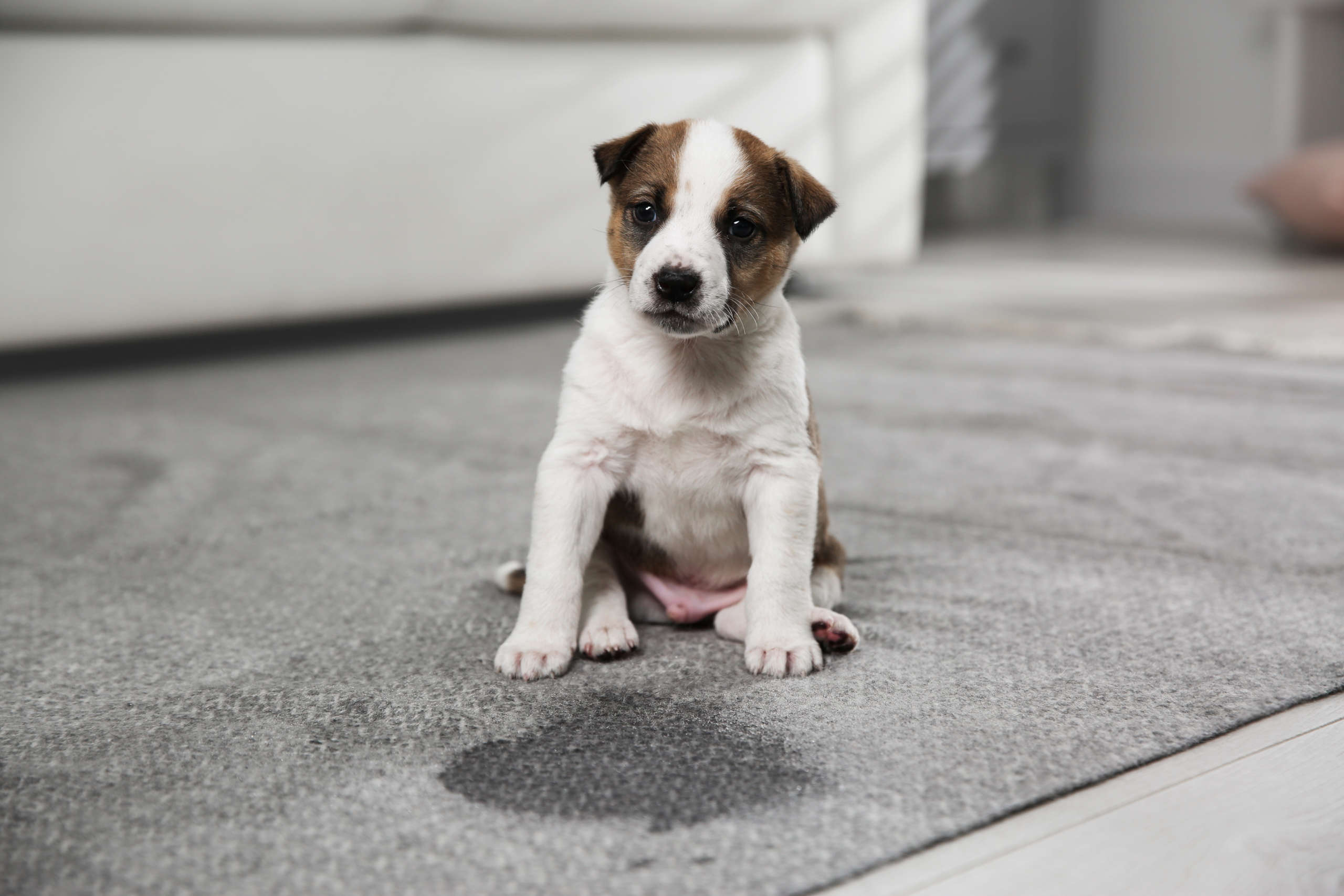A trained dog is a happy dog! When you want to teach your dog something new, from basic obedience to advanced tricks, it’s important to use positive reinforcement training techniques. Positive reinforcement doesn’t just help your dog learn effectively, it’s also a fantastic way to strengthen the bond you have with your dog.
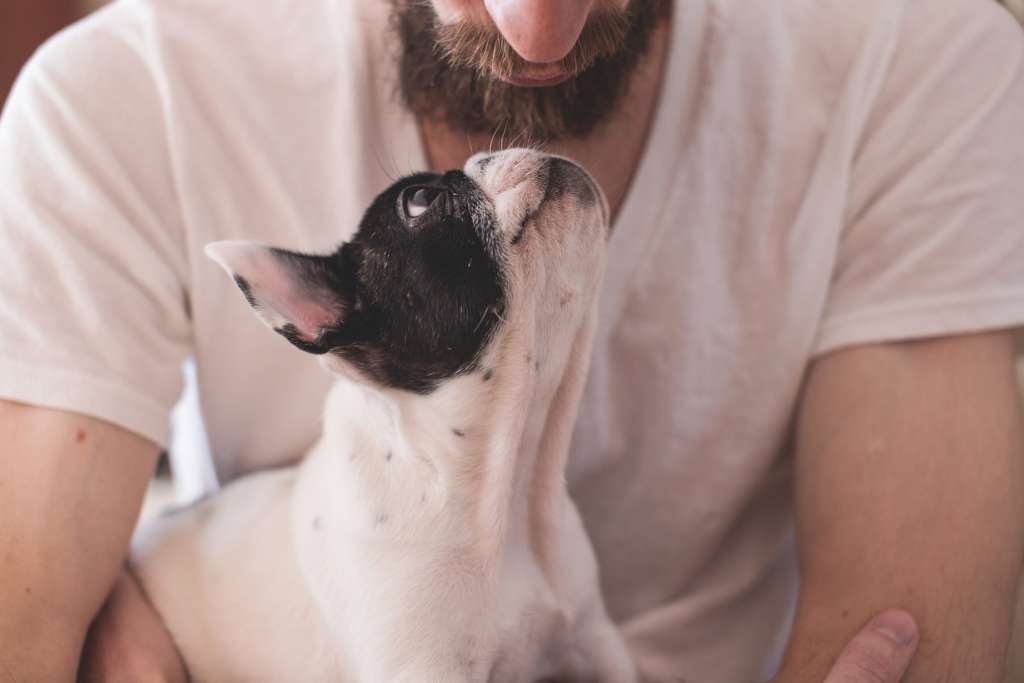

What Is Positive Reinforcement?
Positive reinforcement is a training philosophy that is centered around utilizing rewards (treats, toys, praise, and play) to encourage and reward your dog for doing what you want. Essentially, when using positive reinforcement training techniques, you are rewarding what you like in terms of your dog’s behavior, and in return (because the behavior has been rewarded in the past) your dog is more likely to offer that desired behavior again in the future.
Positive reinforcement is highly effective for both teaching your dog new skills and shifting or improving unwanted behavior.
Related: Why Everyone Should Take Their Dog To Basic Obedience Training
When Should You Use Positive Reinforcement Training?
All the time! All dogs can and do benefit from positive reinforcement training, including:
- Puppies
- Rescue dogs
- Fearful or anxious dogs
- Reactive or aggressive dogs
- Dogs with behavioral challenges
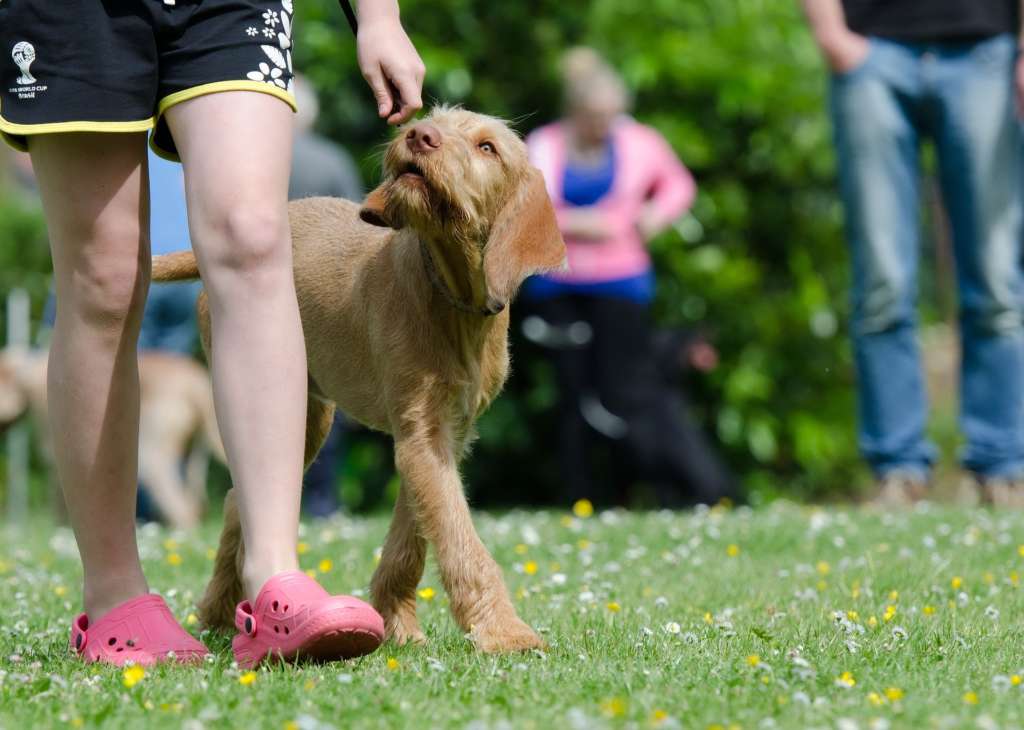

Improve Communication Between You And Your Dog
Dogs don’t come pre-programmed to understand what we want, or what different cues (or commands) mean—positive reinforcement training allows you both to get on the same page. Naturally, this helps decrease frustration and encourages your dog to focus on engaging with you.
Make Training Fun
To help our dogs to become enthusiastic life-long learners, we want to keep training sessions as fun-packed as possible. Instead of being punitive, positive reinforcement training helps dogs learn skills quickly by following good behavior up with high-value rewards, like:
- Super tasty treats
- Toys that get tails wagging
- Praise and games (especially tug or fetch)
Keep training sessions short—around 5–10 minutes—instead of drilling skills repeatedly to reduce frustration and keep your dog coming back for more! Experiment with different types of treats and toys to find what is most valuable to your dog.
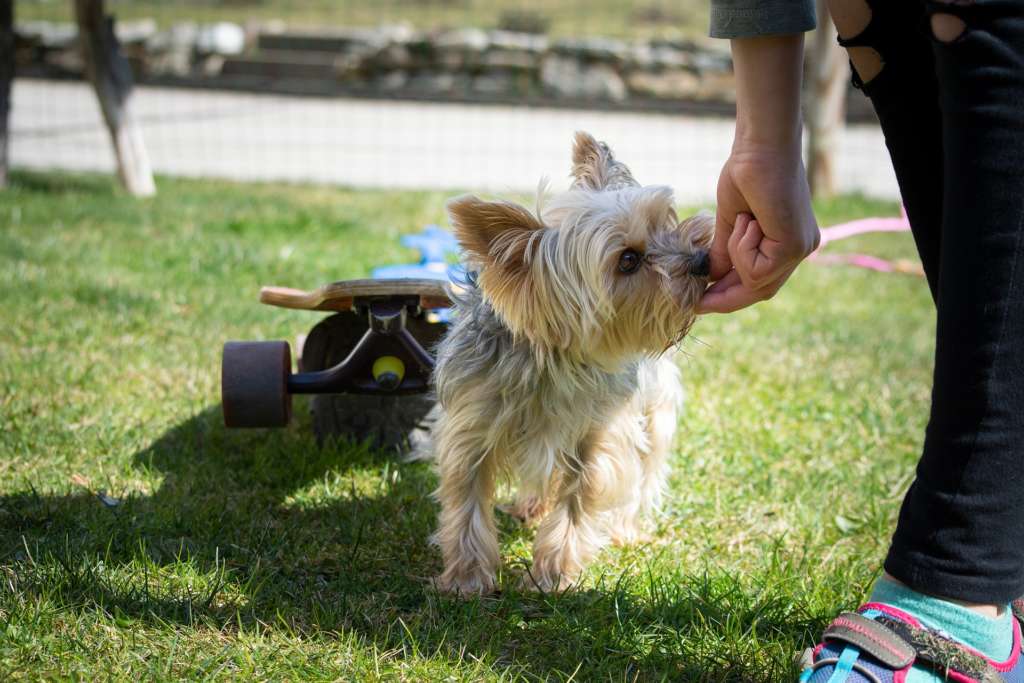

Pay Attention To Timing
Some dog parents misunderstand positive reinforcement, and assume you are rewarding dogs for doing something naughty, but there is a lot more nuance. Teaching a dog new skills with positive reinforcement is all about the timing of the reward.
For example, to teach a dog to stop barking at the squirrels in the backyard you will praise and treat A) in the moments of silence between barks, or B) as soon as you successfully get your dog’s quiet, focused attention using a treat as a distraction. You’ll never win, squirrels!
To an outsider, it might look like you’re rewarding your dog for barking, but your dog will very quickly make the connection that turning to look at you means good things happen (treats!), and the frustrating behavior (barking at squirrels) gets them nothing.
Positive Reinforcement And Trick Training
If you want to spend more time training with your dog, trick training is a great way to get you and your dog excited about the process! With tricks, you can start small, teaching your dog simple skills that can be built upon to expand into complicated routines. Before you know it, your dog will be performing Oscar-worthy “play dead” scenes at your next dinner party. A murder mystery, if you will.
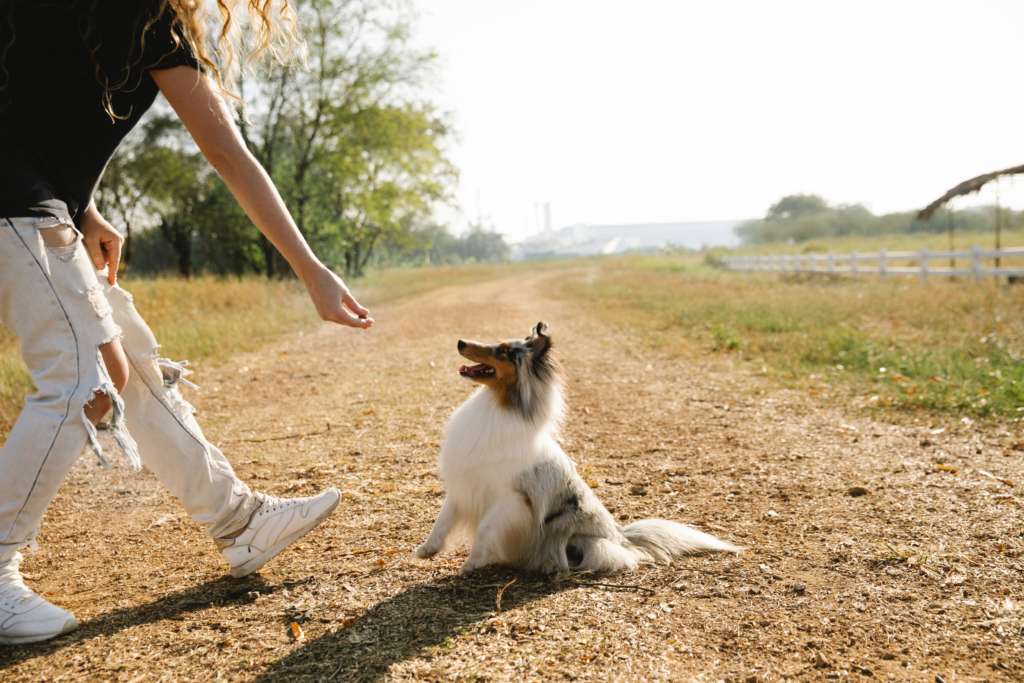

Trick training is amazing for dogs and people of all ages, including kids! And while “tricks” might seem silly to some, they increase your dog’s confidence and your confidence in your dog. In fact, trick training is a legitimate dog sport that can earn your pup trick titles (at home via video) from the AKC and the organization Do More With Your Dog.
Training With Fearful And Reactive Dogs
One of the biggest benefits of positive reinforcement training methodologies appear when you apply them to dogs who struggle with fear, anxiety, reactivity, or over-arousal at home or on walks. It does not suppress how a dog feels about something that upsets them, like the sight of another dog. Instead, it works via counter-conditioning by:
1. Distancing your dog from their trigger so they feel safe.
2. Pairing the sight of the trigger with rewards like treats (or whatever your dog loves most).
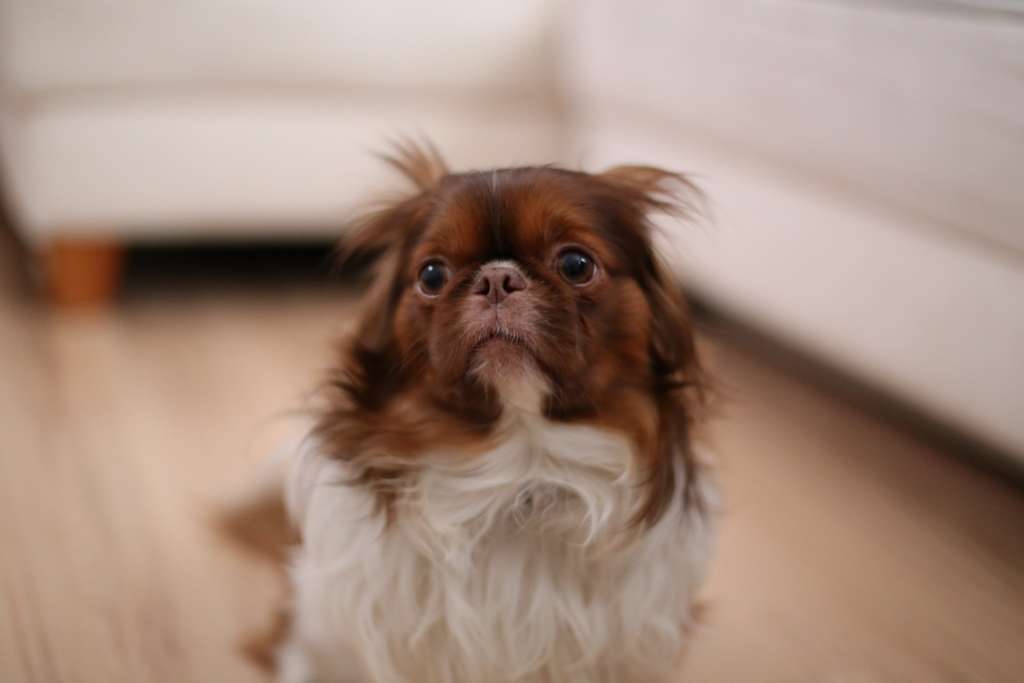

Over time, you can shift your dog’s emotional response so that they associate the sight of that trigger with something positive. Work at their own pace, no matter how slow, and eventually your dog will be able to comfortably move closer to the things that trigger them, and shift their overall response to that trigger moving forward.
Never Punish During Training
At some point or another, your dog or puppy will do something that you don’t like and don’t want them to do again. For some dog owners, it’s tempting to want to punish the dog so they “learn.” Punishment, or negative reinforcement, however, does not work that way, and can damage your relationship with your dog.
Using pain and punishment when training a dog is harmful in more ways than one. Aversive training methods include:
- Prong collars
- Shock or e-collars
- Alpha rolls
- Hitting
- Other physical punishment
Negative reinforcement has been shown to be harmful for dogs—even if disciplinary approaches appear to have immediate short-term results, punishing dogs as a training mechanism is not effective long-term and can actually make their behavior worse.
A position statement from The American Veterinary Society of Animal Behavior explains that aversive or punishment based training shouldn’t be used on any dog, including dogs with behavior issues. When in doubt, remember that your dog puts every ounce of their trust in you, and they deserve all the love, kindness, and encouragement (in the form of treats, preferably) from the person they love most.
Make your dog’s month with toys and treats that are great for training! Check out BarkBox themes worth doing tricks for.
Sassafras Lowrey is a dog trainer turned trick instructor turned writer who seriously loves dogs! She got involved with dog training as a teenager, but it wasn’t until her and her partner adopted a former street dog in 2011 that she realized she could combine her passion for dogs with her passion for writing! After looking into ways she could enrich her dog Charlotte’s life, and seeing other pet parents do the same, Sassafras decided to write books to help both dogs and their humans. Check out the following activity from her new book, Chew This Journal!



